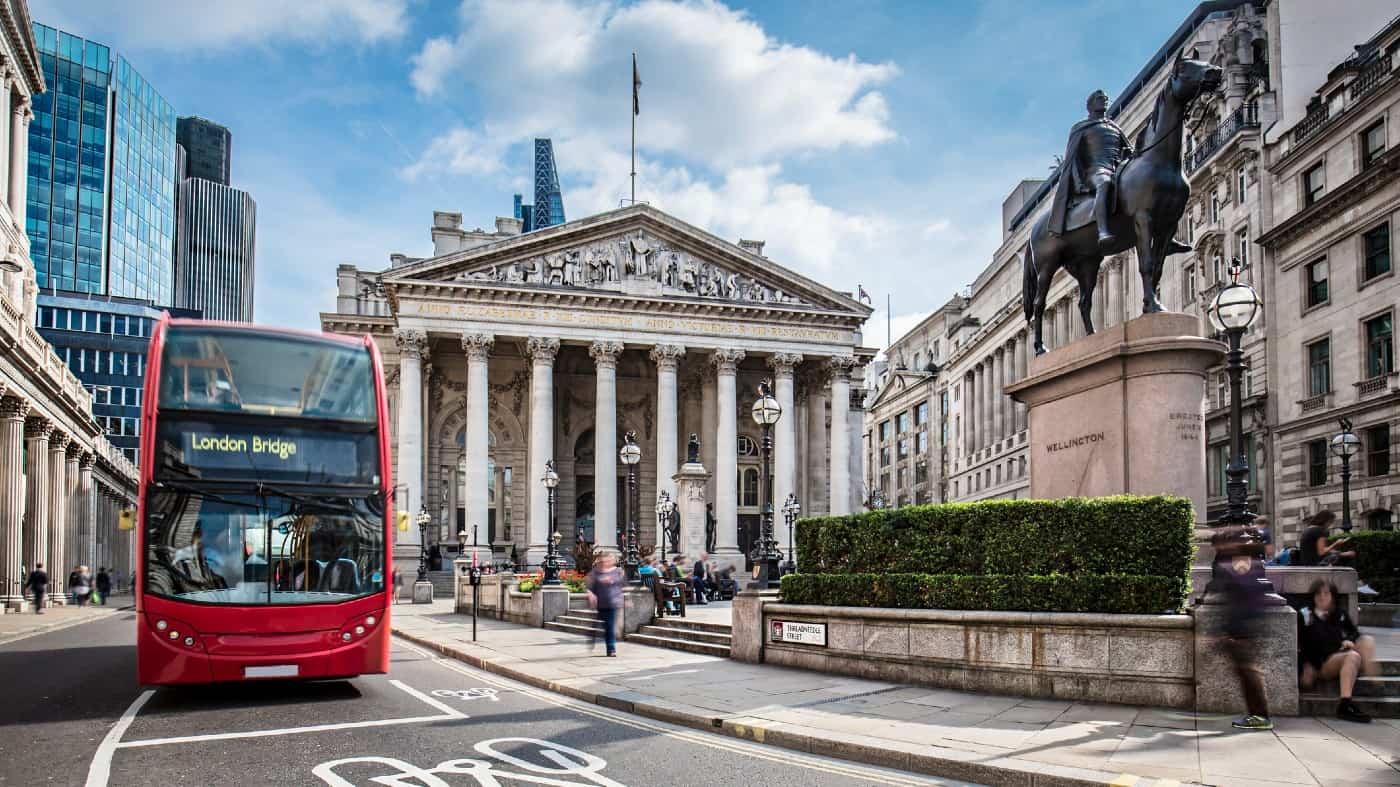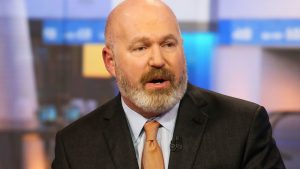One argument for investing in medium-sized companies is that they have more opportunities for growth than large, mature ones. Looking at the five-year performance of the FTSE 100 and FTSE 250 indexes though, this is not immediately obvious. During that time, the leading index of large blue-cap companies has grown by 14.2% while the secondary one is up just 3.6%.
Could that be because of some systemic problem with the sorts of companies seen in the FTSE 250? Or might it point to an undervaluation problem?
Quality street or dead-end alley?
Starting with the first possible explanation, there may be something to be said for the idea that the FTSE 250 contains more than a few fairly uninspiring companies.
We often talk about the index of medium-sized companies as if they are all growing and might yet enter the larger peer. But the opposite is also true. Once a company’s market capitalisation declines to the point where it no longer merits a place in the FTSE 100, it gets relegated to the ‘second division’. In this case, that is the FTSE 250.
So the FTSE 250 contains struggling former FTSE 100 members like Ocado (down 31% in the past year) and Burberry (down a whopping 64% in the past year).
Sure, there are companies with strong growth prospects in there. But it is a mixed bag.
Is there a valuation gap – and will it ever close?
That does not necessarily bother me though, as I tend to buy individual shares rather than tracker funds.
I see arguments for both approaches, but buying an individual share can sometimes mean I do well even when the index of which that share is a member fares poorly.
A number of FTSE 250 shares look undervalued relative to what I see as their long-term potential. But that does not mean those shares will necessarily move up closer to what I see as fair value. One reason is that some investors may think the shares deserve a discount given the typically smaller size of the firms in the 250 compared to their Footsie peers.
Looking for long-term value
But I see others as very promising. Take ME Group (LSE: MEGP) as an example. The operator of Photo-Me booths and similar vending machines worldwide, the company yields over 4%. Its price-to-earnings ratio of 14 looks reasonable to me given what I see as strong business growth prospects.
Last year revenues grew 5% while post-tax profit grew 11%. Operating machines that conveniently provide what people need just when they need it can be a lucrative line of business. Last year, ME Group’s net profit margin was an impressive 15%.
As we saw during the pandemic, any unexpected drop in town centre and shopping centre visitor numbers poses a significant risk to the company’s revenues and profits. But with a proven business model and limited competition, I see ME Group as a share investors should consider buying.
In the past five years, the share has more than doubled.
This post was originally published on Motley Fool




